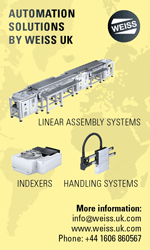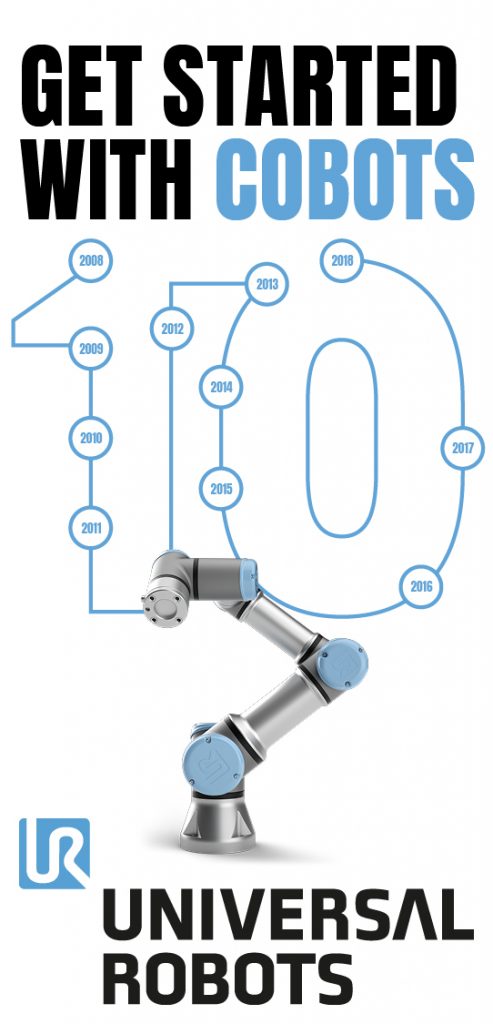MONITORING LOAD PEAKS WITH IO-LINK CURRENT SENSORS
As industries embrace digitalization, new and innovative ways to cut costs are emerging, and one key approach is through energy optimization. A crucial aspect of this strategy involves closely monitoring instances of high energy demand. Unexpected spikes in electricity usage can result in significant additional expenses, particularly in energy-intensive production settings. This is where STEGO’s ESS 076 Smart Sensor Current steps in. In this article, we’ll explore how this intelligent current sensor, equipped with an IO-Link interface, provides an effective solution for keeping a close eye on load peaks. Not only does it help in monitoring these peaks, but it also plays a role in enhancing overall energy efficiency.

AVOID UNPLEASANT SURPRISES
For manufacturing companies, unexpectedly high electricity bills are among the most unwelcome surprises. December, in particular, can turn into a financial pitfall. Speaking of December: why is this month so crucial when it comes to the total cost of electricity consumption? The reason is that a high peak load in December can result in a subsequent increase in electricity costs for the entire year, imposed by the grid operator. But what if there was a way to avoid these unpleasant surprises? Combine the measuring of electricity consumption per machine and employing peak shaving – a you get a smart strategy to prevent peak loads and shield yourself from unwanted additional payments. This article dives into how precise electricity measurement, especially with the ESS 076 Smart Sensor Current from STEGO, holds the key to a stress-free year-end.
MONITOR ELECTRICITY IN REAL TIME
Current sensors like the ESS 076 offer straightforward real-time monitoring of power consumption in systems and machines. The potential for efficiency gains is significant, especially in energy-intensive applications. This becomes evident in our case study with STEGO client, LEGROM. Specializing in plastic injection molding, LEGROM operates an extensive array of injection molding machines, known for their high energy demands as they heat and process plastic granules under high pressure.In the past, the immediate or simultaneous activation of injection molding machines at LEGROM resulted in unexpected additional electricity costs. Retrofitting the machines with a current sensor proved to be a much more cost-effective solution compared to dealing with additional payments. This is crucial, considering that in an industrial setting, these extra electricity costs can quickly escalate into five-digit euro sums.
CURRENT SENSORS FOR THE RETROFIT
From the outset, LEGROM recognized that advancing energy flow monitoring would depend on peak shaving. Kim Waldmann, Managing Director at LEGROM and an industry expert in injection molding, drew on his experience across various injection molding companies to understand that information is the key resource for more efficient processes and risk mitigation.
For LEGROM, the digitization process was carefully planned as a well-thought-out use case. However, the approach needed to be “minimally invasive.”
An intelligent retrofit application for current measurement became crucial for their operational technology (OT). Integrating sensors into the numerous machines in the injection molding shop floor had to be quick and straightforward to minimize both time and complexity. The goal was to keep machine downtimes to a minimum to avoid disruptions to production capacity and productivity. Waldmann explained, “The integration of the STEGO current sensors was uncomplicated. We only needed to disconnect the machines from the power supply and route the live cable through the ESS 076. The sensor can measure up to 100 A AC without direct contact, perfectly fitting our current condition monitoring needs. The sensors’ practical latching mechanism ensures secure and simple attachment to the power line.”















